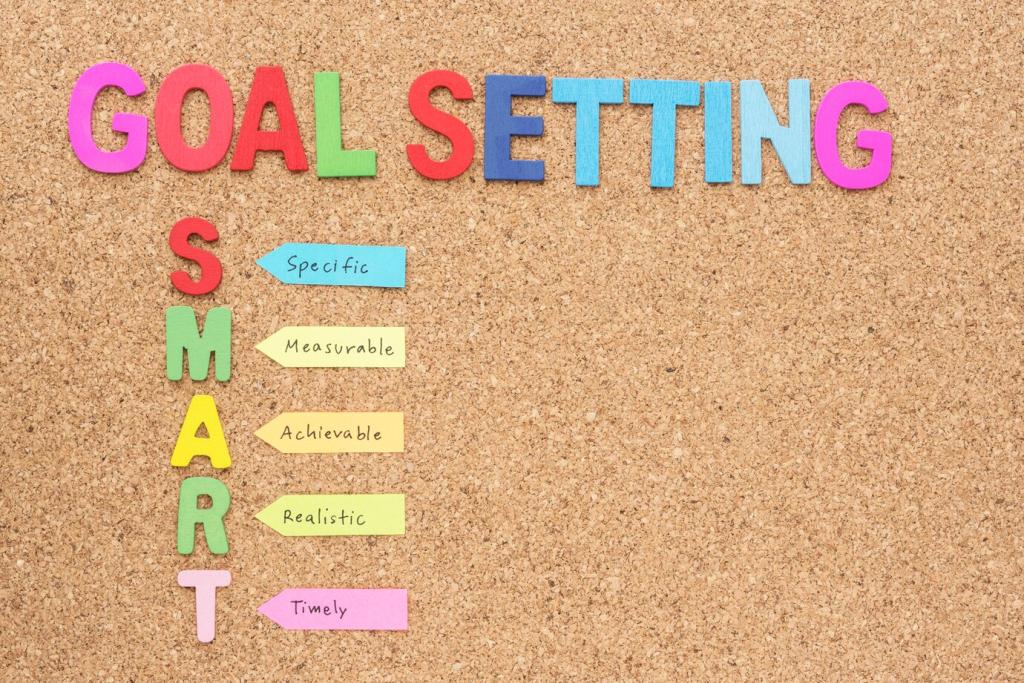Data-Driven Influencer Marketing Approaches
Data-driven influencer marketing represents the cutting edge of social media strategy, whereby brands leverage analytics and measurable insights to maximize return on investment. This approach contrasts with traditional influencer marketing by emphasizing empirical evidence and strategically selected partnerships. By relying on data, companies can target the right influencers, refine campaign messaging, optimize performance, and ultimately increase customer engagement and conversions. In an era where marketing spend is scrutinized and channel saturation is common, data-driven methods ensure that influencer campaigns are impactful, transparent, and aligned with brand objectives.

Identifying the Right Influencers with Analytics
Audience Demographics Analysis
Understanding the demographic composition of an influencer’s audience is crucial for effective targeting. Brands can utilize data tools to parse detailed metrics such as age, gender, location, and interests of followers. This knowledge allows marketers to align campaigns with influencers who have the greatest overlap with their target customer profile. As a result, the partnership becomes more authentic and relevant, leading to higher engagement rates and, ultimately, improved conversion rates. By focusing on audience data, brands avoid misalignment that often leads to wasted resources or campaigns that fail to resonate.
Engagement Rate Metrics
Evaluating engagement rates provides insights into how actively an influencer’s audience participates in their content. Rather than fixating on follower counts, marketers study likes, shares, comments, and other interactive elements to assess audience loyalty and activity. A data-driven approach focuses on qualitative engagement as a predictor of campaign success, as a highly engaged audience is more likely to respond favorably to branded content. Brands can balance macro- and micro-influencer partnerships based on these findings, ensuring optimal reach and interaction.
Historical Campaign Analysis
Tracking and analyzing the outcomes of previous influencer campaigns delivers critical learnings for future initiatives. By examining past performance metrics—such as reach, impressions, engagement, generated leads, or sales—marketers gain a realistic view of what works and why. This data helps in forecasting the effectiveness of prospective partnerships and fine-tuning selection criteria for influencers. Ultimately, historical analysis reduces risk and increases the accuracy of influencer matches, allowing brands to invest in relationships backed by proven performance.
Campaign Planning and Optimization Through Data
Defining Objectives Using Data Insights
Clearly defined objectives are the foundation of any successful campaign. Data-driven approaches involve setting measurable goals, such as engagement rates, click-through rates, or sales conversions, based on historical data and market research. This allows marketers to tailor campaign messaging and tactics toward concrete outcomes. Measurable objectives not only provide direction during execution but also establish benchmarks for post-campaign evaluation, ensuring that efforts are aligned with strategic business goals from the outset.
Content Strategy Development
Drawn from a wealth of audience insights and performance metrics, data informs every creative decision within a campaign. From choosing the ideal content format—such as stories, reels, or long-form videos—to refining messaging tone and visual elements, data-driven content strategies are customized for maximum resonance. By monitoring trending topics, sentiment analysis, and competitor performance, brands can preemptively address what will engage their target audience. This ensures content is relevant, timely, and tailored, driving higher attention and interaction.
Real-Time Campaign Optimization
Once campaigns are underway, continuous data monitoring enables real-time optimization. Marketers can adjust influencer posts’ timing, creative assets, or even shift budget allocations based on live performance signals. Automated reporting tools allow teams to spot underperforming elements quickly and remedy them on the fly. This agility improves the probability of achieving set objectives, such as improved engagement or conversions. Through iterative testing and rapid feedback loops, data-driven influencer marketing becomes a dynamic process, not a static endeavor.
Measuring ROI and Attribution in Influencer Campaigns
Conversion tracking is the backbone of precise ROI measurement. Brands deploy trackable links, coupon codes, or integrated analytics platforms to monitor the journey from influencer content to desired actions—be it purchases, sign-ups, or downloads. Data reveals which influencers and specific content pieces drive the most value. By translating engagement into attributable results, marketers can advocate for more informed budget decisions, ensuring that resources are channeled toward the tactics and partnerships with the highest proven yield.

